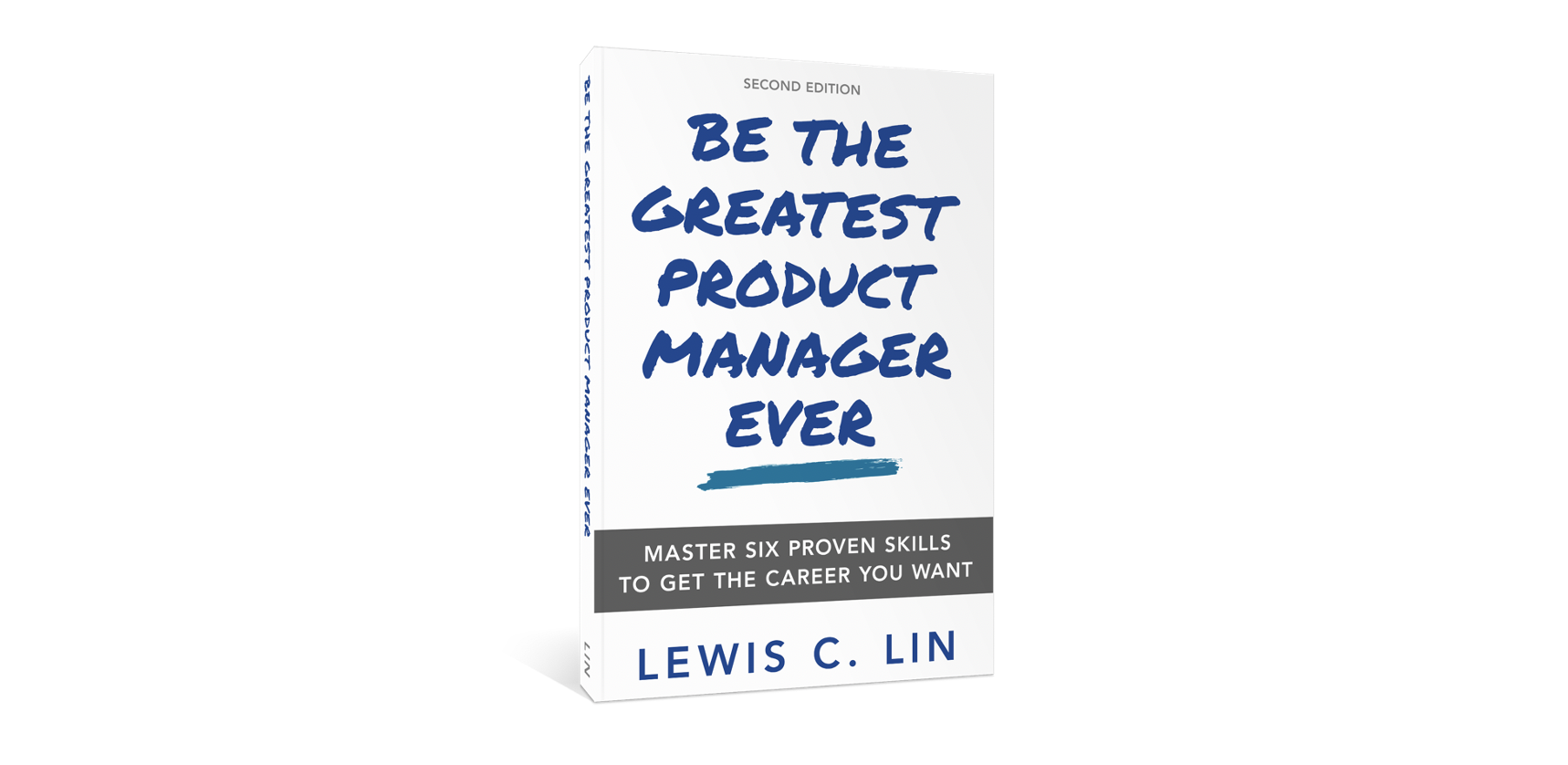I recently interviewed 30 product managers and asked them:
What are the characteristics of the outstanding PMs you’ve worked with?
While the opinions varied, there were several clear themes, which I’ve summarized below. If you’re looking for more information on what it means to be a great product manager, check out my book: Be the Greatest PM Ever.
Key Traits of Outstanding Product Managers
Curiosity
Great product managers are curious about everything. They want to understand the company's products and their users. They ask questions that may seem mundane but are crucial to understanding the product and its use case. They are always looking to learn, to stay up to date with the industry trends, and to explore new opportunities
Technical knowledge
While a product manager may not be an engineer, they should have baseline knowledge of how products are built and their technical requirements. This knowledge enables them to communicate better with the engineering team, to understand the feasibility of the product, and to make informed decisions.
Customer-focused
A great product manager is customer-focused. They prioritize the user experience and the customer's needs over other stakeholders' desires. They ensure that the product is user-friendly, solves the customers' problems, and meets their needs.
Visionary
Great product managers are not just tactical thinkers. They look beyond the present and have a clear vision of where the product is going. They anticipate future needs, understand the market trends, and are always looking for opportunities to leapfrog the competition.
Leadership
Product managers are leaders, and great product managers have the ability to manage superiors, especially at the P&L control level. They know how to communicate the product vision, align stakeholders' expectations, and build consensus around the product roadmap.
Humility
Humility is an essential trait of a great product manager. They are willing to admit their mistakes and seek feedback from others. They are open-minded and always willing to learn from their team, customers, and other stakeholders.
Analytical
Great product managers are analytical. They use data to make informed decisions, measure product success, and identify areas for improvement. They know how to use metrics to track progress and make data-driven decisions.
Process-oriented
A great product manager is a "shade tree mechanic" - able to fix things and improve processes. They know how to optimize workflows, reduce waste, and streamline the product development process. They understand the importance of process and ensure that their team adheres to it.
Mentoring
Great product managers are mentors. They help their team members level up by providing guidance, feedback, and opportunities for growth. They share their knowledge, skills, and experiences and inspire others to be their best.
Conclusion
Great product managers are a rare breed. They possess a unique combination of skills, traits, and experience that enable them to lead their team to success. While the list above is not exhaustive, it provides an excellent starting point for anyone aspiring to be a great product manager or looking to hire one. If you possess some of these traits, continue to develop them, and if you are looking to hire a great product manager, keep these qualities in mind.




